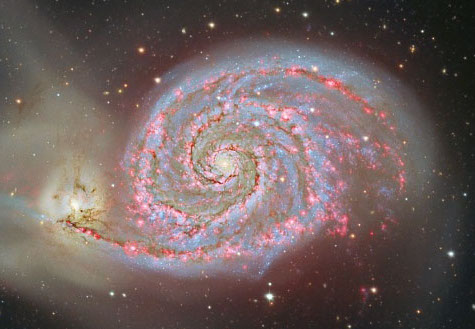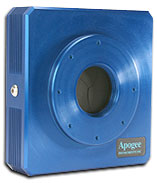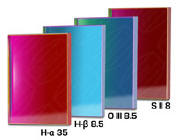
| Experiment Guide |
| 1. Observing Guide |
| 2. Observable Object List |
| 3. Operations |
| 4. Python Image Reduction Handbook |
| 5. Calibration Stars |
| 6. Atmospheric extinction |
| 7. H_alpha filter |
| 8. TheSkyX manual 16MB |
| Related Material |
| 1. Chromey Ch 8,9,10 |
| 2. Observing Data and Info [Folder] |
| 3. KAF-1001E CCD datasheet |
| 4. Apogee U6 Timing Diagram |
| 5. Apogee U6 Information |
| 6. Filter Transmission Curves datasheet |
| 7. M51 science |
| 8. 157-interstellar extinction |
| Useful Links |
| 1. JSkyCalc Observing Aid |
| 2. Photometric Calibration |
| 3. M51 obscuration |
| 4. Spectroscopic Calibration |
| 5. 2012 Class photo |
| 6. 2014 Class photo |
| 7. 2016 Class photo |
| 8. 2018 Class photo |
Overview
CCDs have revolutionized astronomical imaging. With earlier photographic plate technology one had a different detector for every exposure. Because the same CCD detector is used for all exposures, it is possible to correct for its defects with one set of calibrations. By combining many of these corrected CCD exposures it is then possible to image far fainter objects. Another CCD advantage is its huge dynamic range in the stored image: from ten electrons to as much as 200,000 electrons per pixel.


